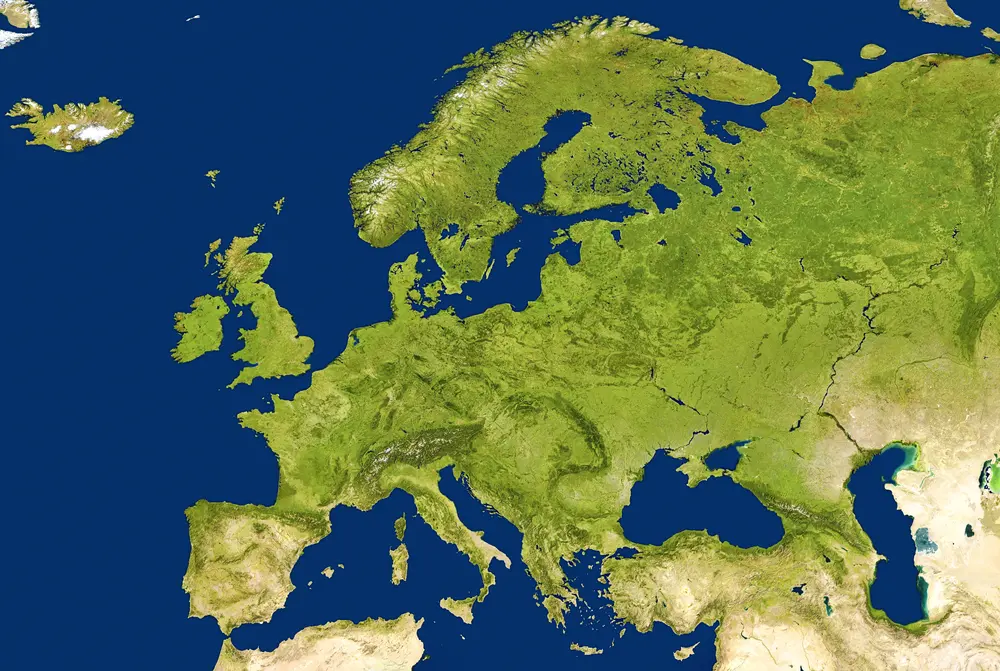Inflation increased considerably in most countries in the immediate aftermath of the COVID pandemic and, by the end of 2023, has subsided considerably, if not returned to levels consistent with price stability already. This inflation hump was, rightly, a global concern, especially for the central bankers of advanced economies who were out of practice in combating high inflation. Central bankers in the euro area, U.S., and U.K., among others, were traumatized by inflation nearing or surpassing double digits, albeit briefly. Even Japanese inflation showed signs of life after three decades of deflationary concerns. Our post-COVID inflation narrative is shaped by the experience of advanced economies.
This is surprising. Advanced economies have not seen inflationary pressures of this kind since the 1970s. Inflation, for the most part, was an emerging market issue until the 21st century—when it ceased to be an issue in emerging markets as well, barring a few exceptions—and was discussed as such. How has post-COVID inflation played out in the emerging world? This paper looks at the Emerging Europe subsample to answer the question.
Emerging Europe is different from “regular” emerging markets, such as many Latin American economies, in that most of these countries in the 1980s were not market economies and were thought of as transition economies in the 1990s rather than emerging ones. Nonetheless, for the most part, they were resembling other emerging markets in the pre-COVID 21st century: inflation broadly under control, with an “emerging” label affixed due to per capita income levels but in policy space behaving similar to what advanced economies were recommended to do in textbook analysis. The run-up and decline of inflation in Emerging Europe looks similar to that of advanced economies but whether the mechanisms were similar is a separate question. What were the drivers of inflation and disinflation in Emerging Europe? How similar or different to each other and advanced economies were they?
In judging Emerging Europe, it is useful to have a benchmark. Switzerland is surely European and is surely not emerging, but its post-COVID inflation path is very instructive. It has the expected hump; however, its peak is below 3.5%, and inflation has already returned to target (and below, as of July 2024). Apparently, it was possible to have some inflation but not let it get out of hand. That admirable inflation performance, despite being part of European economic policy, political, and security landscapes, makes Switzerland a very useful benchmark for Emerging European countries. I will also show comparisons to the euro area, as work on European economies would be incomplete without reference to the largest economic aggregate in the neighborhood.
As one would expect, doing a precise decomposition of inflation dynamics is not easy. But it is possible to rule some hypotheses out and see which drivers are more likely to have played dominant roles. Much of the evidence to be presented below will be insufficient to convince a skeptic on their own right, but collectively they tell a compelling story. Emerging European countries, for the most part, continued to look very much like advanced economies such as the euro area, and their inflation dynamics post-COVID were indeed transitory, driven in particular by energy prices.
The Brookings Institution is committed to quality, independence, and impact.
We are supported by a diverse array of funders. In line with our values and policies, each Brookings publication represents the sole views of its author(s).








